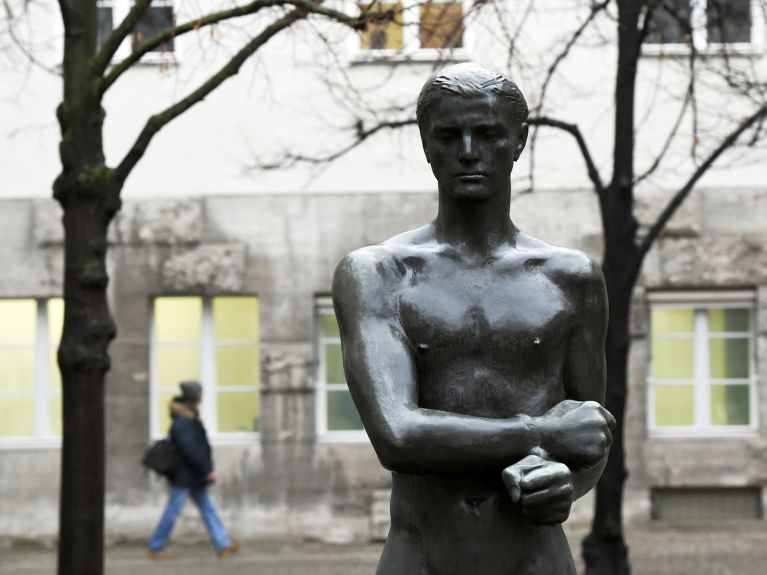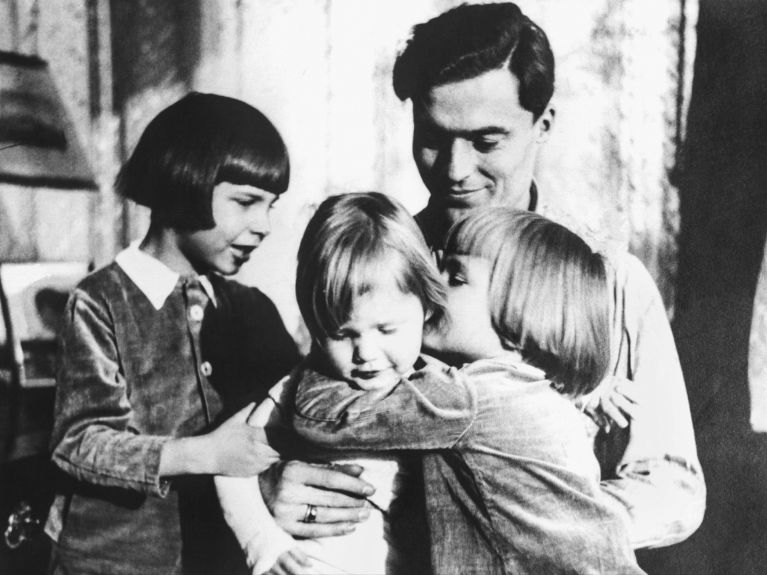Courage and resistance
To mark the 80th anniversary of Stauffenberg’s attempt to assassinate Hitler on 20 July: resistance to the Nazi regime took place on many levels. We present an overview.

German resistance following Hitler’s rise to power in 1933 took many forms. While it is true that the great majority of the German population supported Hitler’s regime until 1945, various groups resisted. They were made up of men and women of every conceivable origin, profession and orientation, and included workers, officers, civilians, students and the nobility. The earliest and most consistent resistance to the National Socialists came from those groups that the Nazi regime had first turned on: communists, social democrats and trade unionists. Once their organisations had been disbanded, their members often operated underground or in exile.
The Stauffenberg assassination
The charismatic figure of Claus Graf von Stauffenberg, a professional officer and member of the nobility, came to symbolise the German resistance. Stauffenberg’s attempted assassination of Adolf Hitler on 20 July 1944 is regarded as the most important attempt to bring down the “Third Reich”. Hitler survived when the bomb that Stauffenberg had left in the former’s headquarters exploded. Over 200 people belonged to Stauffenberg’s network, which undertook the best-planned of all the attempted coups: conservative officers and civil servants, intellectuals and a number of socialists. Though this attack on Hitler’s life is the best-known, it was not the only one: by 1945 the dictator had survived at least 39 assassination attempts.

The invisible resistance to the Nazi regime
In many cases, regime opponents acted alone: from 1940, Elise Hampel and her husband Otto in Berlin distributed postcards and leaflets that called upon people to resist National Socialism. Better-known these days is the White Rose: this group of Munich students led by Hans and Sophie Scholl were caught distributing flyers. On 22 February 1943 the Scholl siblings and other members of their group were executed.
Other less visible forms of resistance were also significant: some established subversive information networks, concealed victims of persecution, forged passports for Jews, disseminated news from the BBC, secretly distributed bread among foreign forced labourers or refused to make the Hitler salute.
The historical significance of the resistance movement in Nazi Germany
Despite its apparent failure, the resistance to National Socialism symbolises the way remnants of humanity, empathy, courage and resistance managed to survive and could not be destroyed even under conditions of totalitarian rule. The resolute rejection of the regime that united the various resistance groups remains the most important legacy of the resistance for the formation of political traditions in Germany post-1945.
Stephan Malinowski is a German historian. He teaches at the University of Edinburgh.
You would like to receive regular information about Germany?
Subscribe here:


